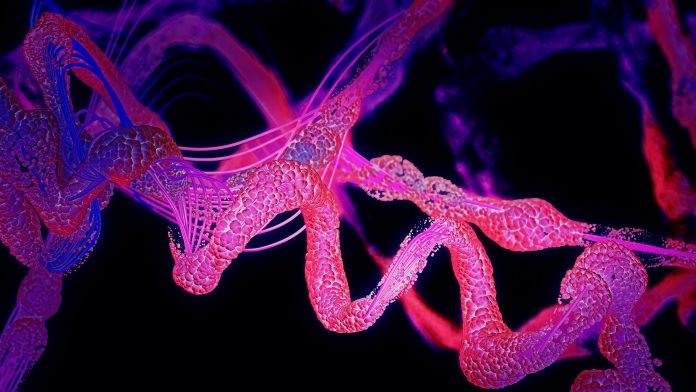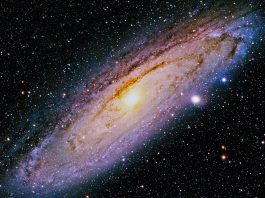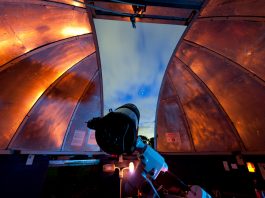Researchers have discovered meteorite amino acids derived from substrates that were more widely available in the early solar system.
A team of scientists from Tohoku University and Hokkaido University have reconstructed the reaction in which carbon isotopes, such as Carbon-13 (13C) travelled through different organic compounds, which challenges the previously understood concept that organic compounds like amino acids were formed by isotopically enriched substrates.
Carbonaceous meteorites comprise of various types of organic matter and elements fundamental for the development of life, including amino acids, sugars, and nucleobases. These meteorites potentially had a significant contribution to the molecules of the prebiotic Earth.
Identifying the origins of this primitive organic matter is critical for understanding the astrochemical reactions of the early solar system.
As well as this, they are essential for understanding the chemical evolution in the origin of life, as a section of these molecules were accreted to the prebiotic Earth.
The researchers’ findings, which were published in Science Advances, indicate that the core components of life derived from meteorites were widely available in the early solar system.
The findings question previously held notions, suggesting that the organic compounds were developed without the use of isotopically enriched substrates from the outer solar system, and that their development may possibly have taken place using substrates commonly present in the early solar system.
“The discrepancy in carbon isotopic composition between the small organic compounds and large insoluble organic matter is one of the most mysterious characteristics of meteorite organic compounds,” commented Tohoku University’s Yoshihiro Furukawa, lead-author of the study. “However, the behaviour of 13C in this reaction solves the puzzle completely.”
“Even though the compounds were synthesised 4.6 billion years ago, the isotope compositions tell us the process of synthetic reaction,” added co-author Yoshito Chikaraishi, from Hokkaido University.
Going forward, the research team are hoping to examine the effect of the formose-type reaction in nitrogen and carbon isotope characteristics in various meteorite organics and carbonates.









